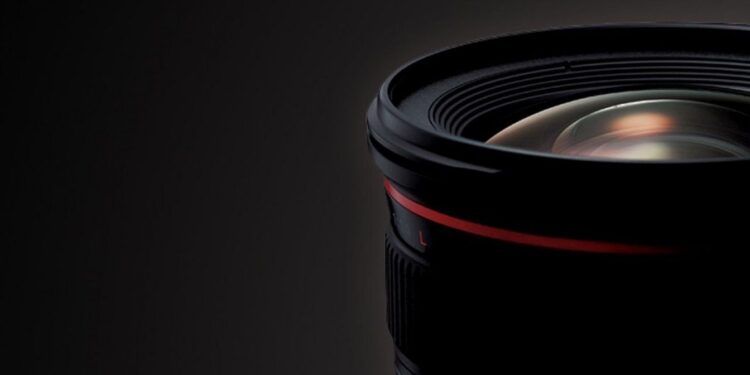Camera lenses are a crucial component of photographic gear, but with so many choices available, it can be challenging to understand what they all mean and how to pick the best one. A DSLR camera lens purchase is a significant choice. Given that most lenses cost hundreds or even thousands of dollars, you want to be sure you’re purchasing a lens that you’ll be able to use for many years. Knowing where to begin can be challenging given a large number of lenses available.
Finding the right buying guides with thorough reviews and comparisons will speed up and lessen the stress of the process, even though the decision-making process can be enormous. The following guides you through the fundamental knowledge you need and the best resources available so you can select the appropriate lenses for your DSLR photography.
You must familiarise yourself with two important concepts before starting the procedure of buying the camera lens.
Prime vs. Zoom
Understanding the distinction between zoom and prime lenses is the first fundamental.
- Any lens with a variety of focal lengths is a zoom lens (i.e. 70-200mm).
- Any lens with a single focal length is a prime lens (i.e. 50mm).
- In general, zoom lenses provide more flexibility while prime lenses typically offer higher quality (such as sharper images and faster focusing). The majority of photographers use both zoom and prime lenses.
Understanding the various types of camera lenses is the second fundamental. The most popular lens types are briefly described in the section below.
Types of Lenses
- Kit: The lens included in entry-level DSLR package deals, like the Canon EF-S 18-135mm f/3.5-5.6 IS, is known as a kit lens. The majority of kit lenses used today are solid lenses. These lenses are a great place to start if you’re a new DSLR user. Before making a significant investment, you can practice using a lens.
- Wide angle: The meaning of the term is obvious. Consider using a wide-angle lens if you want to capture a broad perspective or get up close to a subject while still getting plenty of detail in the frame.
- Macro: A macro camera lens enables up-close photography. There is typically a macro setting on point-and-shoot cameras. A true macro lens, on the other hand, provides a level of detail that is not possible with a macro setting. Macro lenses are frequently used in a variety of photographic genres, including product photography, food photography, and some kinds of wildlife photography (i.e. flowers, and insects).
- Telephoto: When you want to photograph far-off subjects while also capturing minute details, a telephoto lens is a great choice. They are frequently employed for hunting both wild and captive animals.
- Super telephoto: Professional sports and wildlife photographers typically use super telephotos, which are very specialized lenses. Their 800mm to 2000mm focal length makes them appropriate for astronomy and surveillance
Sensor type
When looking at camera lenses, it’s important to keep in mind whether your camera uses a crop or full-frame sensor since most camera manufacturers will design lenses specifically for those cameras.
You should determine your camera’s crop factor before purchasing any lenses so that you can determine the effective focal length of the lens. For instance, a 50mm lens on a camera with a 1.5x crop factor will have an effective focal length of 75mm. The smaller sensor reduces the angle of view even though the focal length stays the same.
Aperture
When purchasing a camera lens, the aperture is a crucial feature to take into account. The amount of light that the lens lets into the sensor are (in part) determined by the aperture. When photographing handheld or quickly moving subjects, having a wider aperture also enables you to use faster shutter speeds. You can also increase the bokeh, the aesthetic quality of the blurred, out-of-focus background, by using lenses with wider apertures.
Summing Up
The majority of photographers place a lot of weight on price. You want to buy camera lenses that are affordable and meet your needs. Even though daydreaming about expensive future purchases can be entertaining, you ultimately need to be honest with yourself about your financial situation and look into camera lenses in your price range.
The majority of people enjoy taking pictures of their favorite moments, and doing so in high definition necessitates using DSLR lenses that are compatible with the camera being used. Online retailers offer a variety of cameras and lens options. There are no problems in selecting the one that best meets your needs.
There are a variety of tools available to you to assist in your decision-making as you begin to select the lenses that you’re most interested in buying. As a result, you shouldn’t jump into anything hastily. To make an informed choice, think about using one or more of the following resources.
If you’re interested to read more about cameras and drone cameras. Which one is better? You should read my other blog for more details. To learn more, visit this blog!






